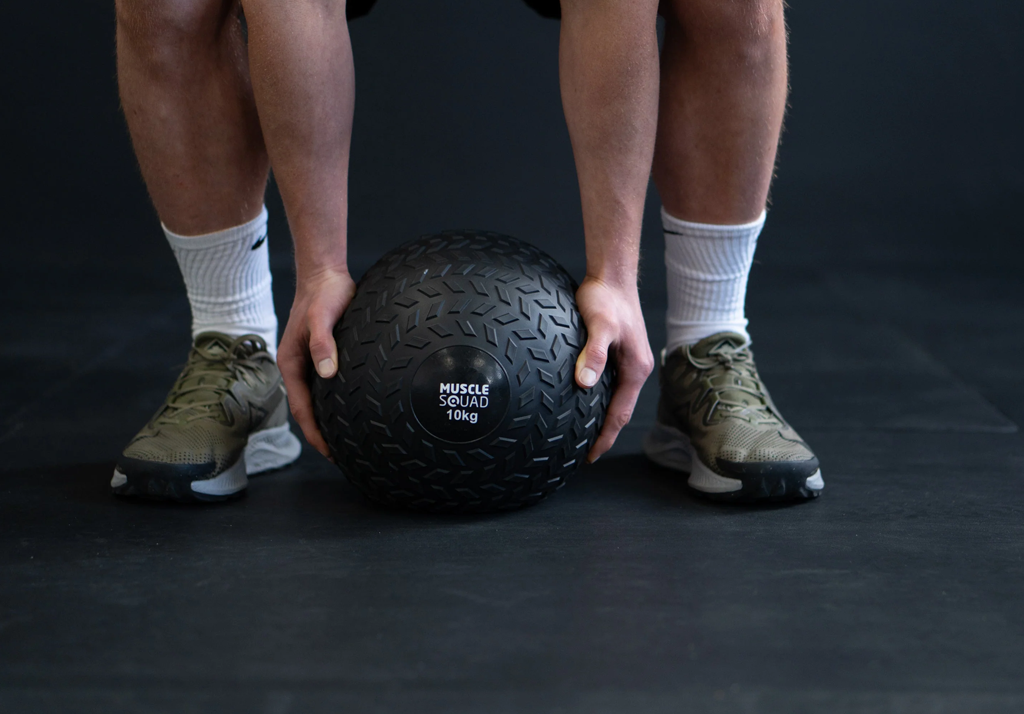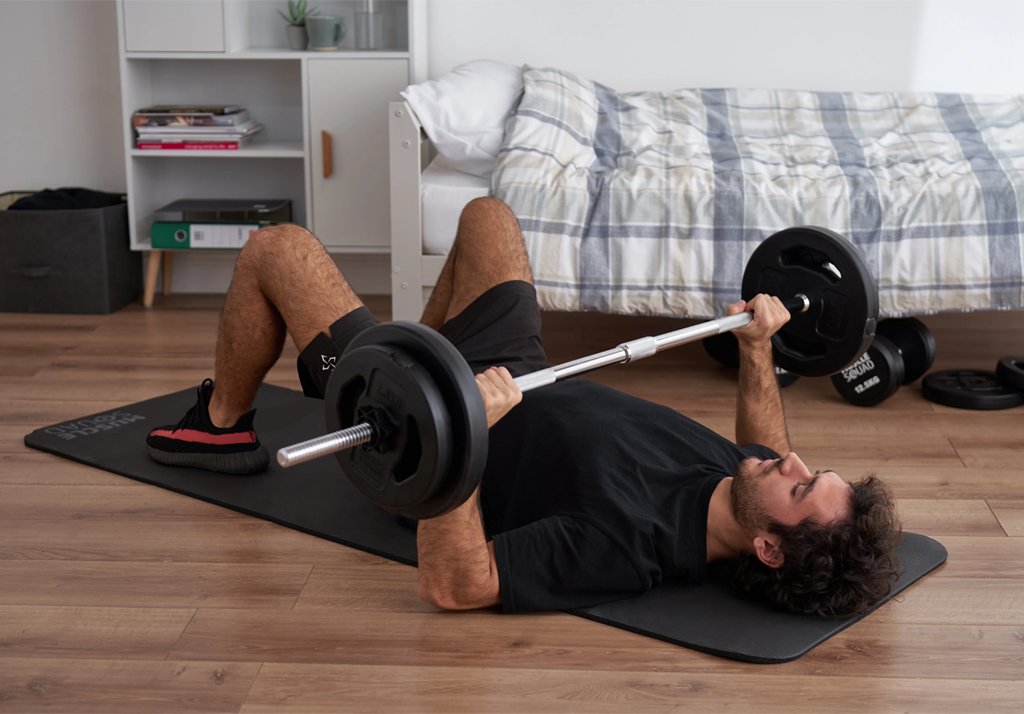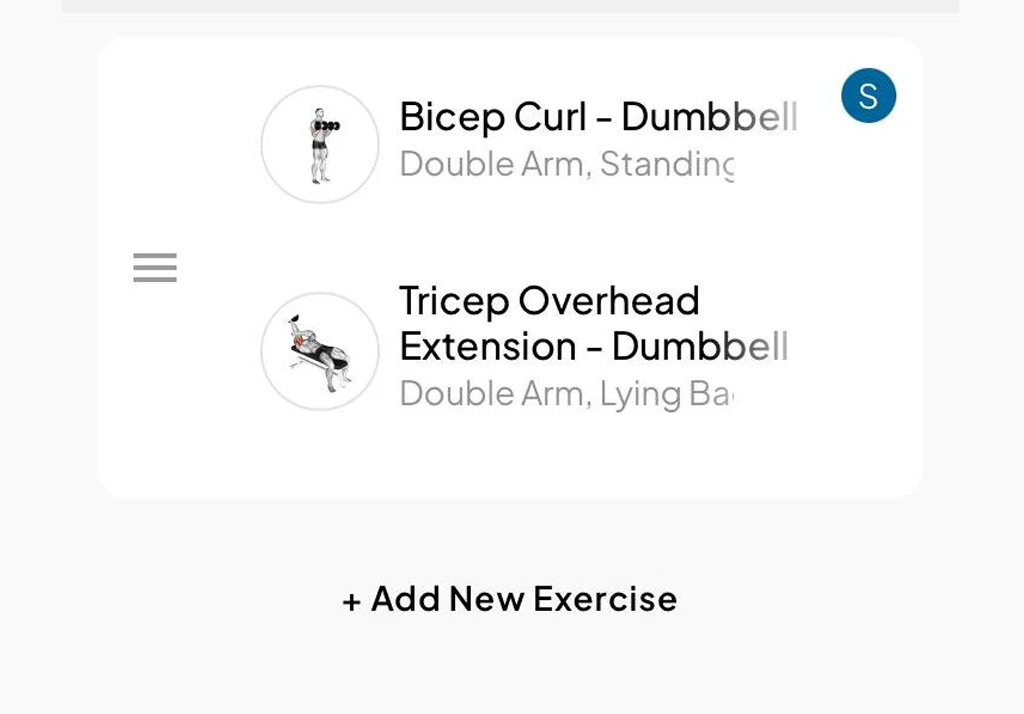Whether you’re new to the gym or an experienced lifter, we can all benefit from developing a deeper understanding of our lifts. Knowing which metrics to track can streamline your progress, help you focus on muscles you’re struggling with and generally enhance your training.
But what should you be tracking? Is how much you lift in each movement enough or should you be doing more? In this quick list, we’ve broken down the 10 most important data points to track in your training and divided them into essential and optional categories.
Essential
1. Weight lifted
It’s top of the list for a reason. The weight you lift in each exercise is the greatest indicator of your progress. To progressively overload effectively—which is one of the most powerful techniques to build muscle and strength—you should be gradually upping the weight over time, and that all starts with tracking it.
2. Reps
Reps is another essential metric to track. As you grow stronger, the number of reps you can complete of your starting weight should grow in tandem. When you’ve reached a suitable rep count of an exercise, it might be time to move up a weight. Aim for one of the following rep ranges depending on your goal:
- 3-5 reps for strength
- 8-12 reps for hypertrophy (muscle size)
- 13-15 reps for endurance
Once you’re comfortably above this range, you’re ready to increase weight again.
3. Sets
Weight, reps and sets tracked through the MuscleSquad Workout Tracker
Tracking the number of sets you complete is important to make sure your muscles get enough time under tension in each session. If you were to only complete two sets of an exercise, you’re going to want to flag this so that it doesn’t become a habit. Of course there are some exceptions to this, but in most training routines you should do at least three sets per exercise.
4. Grip
The way you hold the barbell or dumbbell matters. We’ll use bent over rows as an example. If you were to perform a set of rows in a pronated grip, and then tried to hit the same number of reps using a supinated grip, it’s unlikely that your strength will line up. That’s because the slight change in grip alters which muscles the exercise focuses on, which is important to understand when looking at your lifts.
5. Position
Defining the position you performed an exercise in is just as important as noting down the grip used. A standing dumbbell curl and a seated dumbbell curl have some differences that will be apparent in your data. While you can probably lift heavier in a standing position, it won’t isolate your bicep quite like a seated curl does. For this reason we view them as two variants of the same exercise that shouldn’t be compared directly to each other.
Optional
The following data points are beneficial but not essential to measure your strength progress.
1. Muscle size
It’s common for bodybuilders to measure their muscle size in regular intervals. This is done by simply wrapping a tape measure around your arm, leg or another body part and jotting down the measurement. You shouldn’t tense while taking these measurements.
2. Body fat percentage

A body fat percentage graph on the MuscleSquad Workout Tracker
A more advanced metric for tracking your progress in the gym is your body fat percentage. It’s difficult to generate an exact measurement for yourself from home, but a set of skinfold calipers is your next best bet.
3. Cable ratio
You may not know this, but cable machines from different manufacturers are set on different cable ratios. This means that 20kg on a cable machine in one gym might weigh 10kg in another. This is important to be aware of in case you track your lifts by the number of plates you’re lifting. If you’ve always lifted six plates on your tricep extensions but suddenly drop down to three when you join a different gym, then don’t panic. The machines are just use a different ratio.
4. Heart rate
With smart watches taking the fitness world by storm, many of you are probably already clued up with measuring your heart rate while you exercise, but if you aren’t already then it can be a good metric to see how much you’re pushing your cardiovascular system.
5. Tempo
A way to intensify your workouts and supercharge your progress is by changing the tempo of your movements. By this we mean, rather than performing a simple barbell squat, instead perform a two-seconds down, one-second up set instead where you count how long the eccentric and concentric parts of the movement last.
To really take control of your training, see if you can stay on top of those metrics and you’ll be able to access a data suite like never before.
Happy training. 👊

 Jul 30, 2024 - Cameron Brierley
Jul 30, 2024 - Cameron Brierley


Leave a comment: